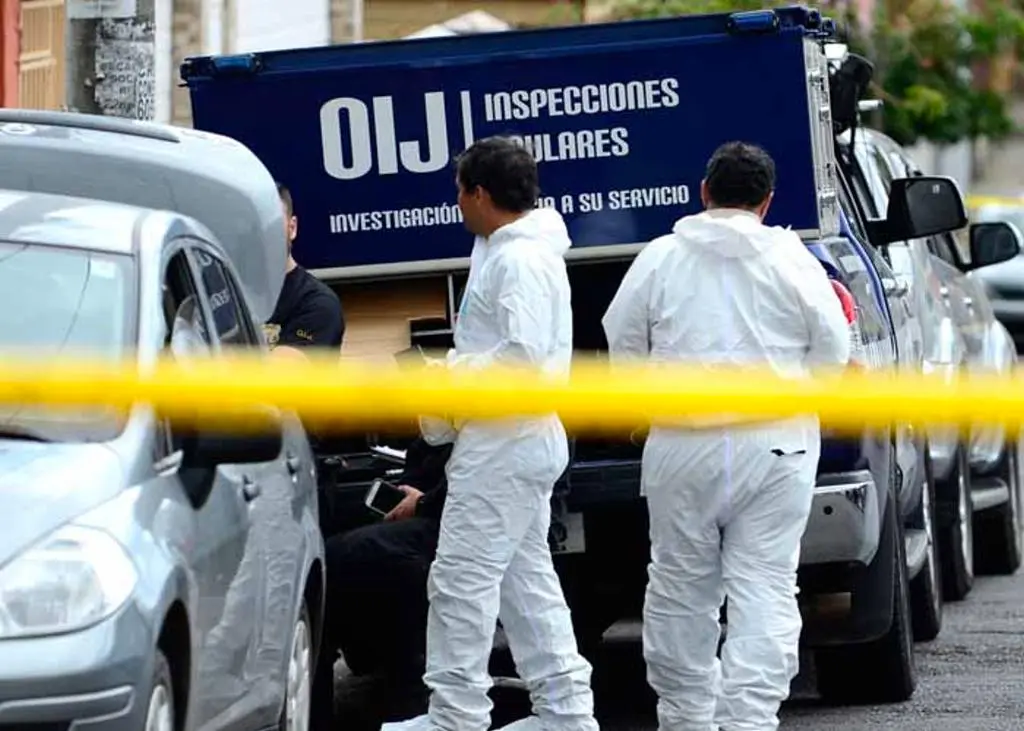The picturesque Central American nation of Costa Rica, often seen as a beacon of stability, is grappling with a significant increase in homicides. As per the latest figures, there’s a 40% uptick in year-over-year violence.
OIJ’s Disturbing Figures: A Deep Dive
According to the Judicial Investigation Agency (OIJ), the nation has experienced a surge in murders, recording 587 homicides from January 1st. This alarming number reflects a spike from 411 cases by this time in 2022. Should the trend persist, the country might witness an unprecedented 850 to 900 murders by the end of the year.
Significantly impacted are the provinces of Limón and San José, with 148 and 146 reported homicides. Puntarenas and Alajuela are next, registering 90 and 67 murders, making Alajuela the only province showing a decline in these grim statistics from last year.
Leadership Changes and Calls for Enhanced Resources
The OIJ welcomed a new face at the helm, with veteran agent Randall Zúñiga taking over the reins as the director. This leadership change follows the passing of the previous director, Wálter Espinoza, last November.
Zúñiga, during his initial press conference, underscored the critical need for augmenting resources in the face of escalating violence. He emphasized redirecting unused funds to the OIJ, given the gravity of the current scenario. The aim? To ensure that citizens in this Central American jewel continue to feel safe.
Highlighting the frequency of the crimes – a homicide every 10 hours in 2023 compared to every 14 hours in the preceding year – Zúñiga stressed the importance of fortifying the OIJ’s capabilities. He championed the need for a robust judicial police force, even proposing a dedicated tax to garner additional funding.
Confronting the Challenge: A Herculean Task
To counteract the rising homicide rates, the OIJ has initiated measures like personnel transfers and specialized training focusing on homicide investigation techniques and victimology. However, Zúñiga candidly acknowledged the monumental challenge that lies ahead. He analogized training a homicide investigator to molding a medical specialist – an endeavor that demands time, intensive training, and expertise.
Yet, critics argue that the heart of the issue lies with consecutive governments neglecting public security. This oversight allegedly paved the way for organized crime and rampant violence. Although Costa Rica’s homicide rates might seem low on a global scale, the recent upsurge has incited widespread anxiety amongst citizens and risks tarnishing Costa Rica’s esteemed reputation.
To remedy this crisis, mere short-term suppression might not suffice. A comprehensive approach, including focus on education, employment, corruption, and community development, could be the catalyst for sustainable change.

